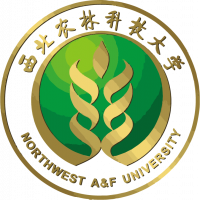分享到
Plasma Membrane H+-ATPase SmPHA4 Negatively Regulates the Biosynthesis of Tanshinones in Salvia miltiorrhiza
2021
期刊
International Journal of Molecular Sciences
- 卷 22
- 期 7
- 页码 3353
- MDPI AG
- ISSN: 1422-0067
- DOI: 10.3390/ijms22073353



